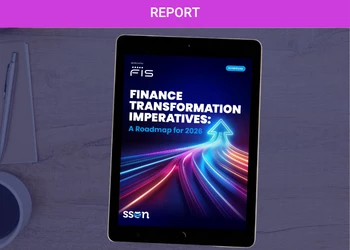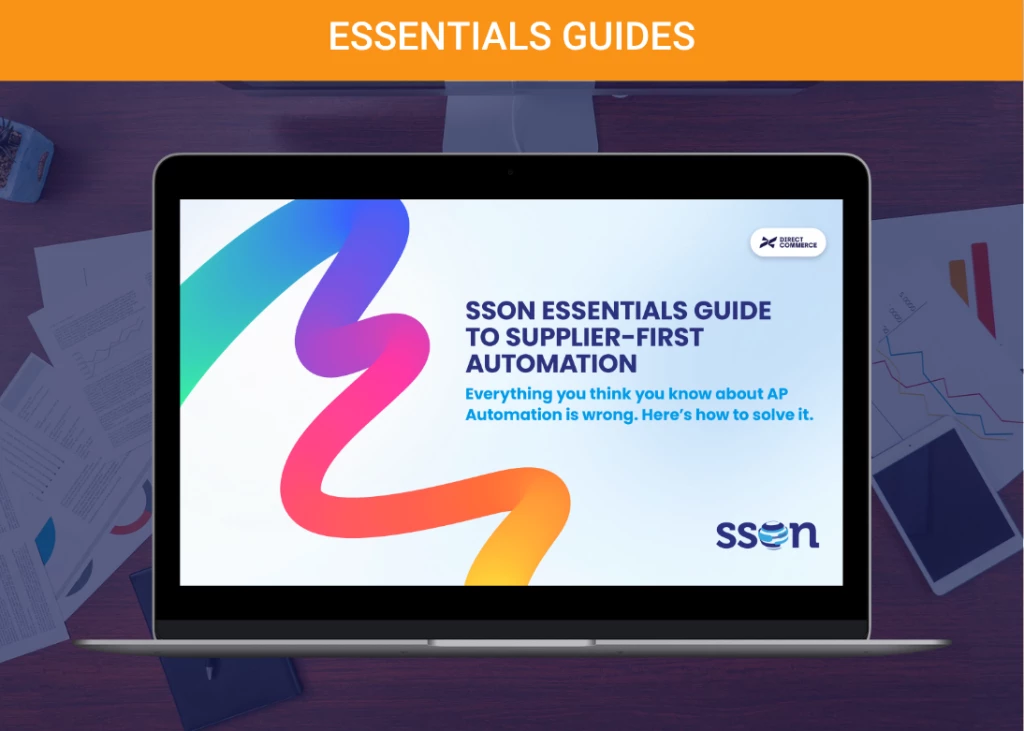How Establishing a Governance Model Helps Outsourcing Accounts Receivable
In conversation with Jeffery Addison, Regional Director of AR at DB Schenker
Add bookmark
The accounts receivable (AR) landscape has been changing at a rapid pace over the last several years. AR teams are currently seeing deductions and chargebacks go through the roof, and many are noticing difficulties with their order-to-cash process. In response, organizations are increasing their investment in automation to benefit these teams.
According to SSON Research & Analytics data, 57% of AR teams voted that bringing in automation to help with manual tasks is a top objective for the year. Similarly, over three-fourths of teams have invested in cloud computing to some degree. The goal of these investments is to lift the burden from AR teams who have been forced to wear multiple hats amidst a global supply chain crisis. Another method to improve efficiency and cut costs for AR teams is outsourcing the management of financial processes.
Jeffery Addison is a Regional Director of AR at DB Schenker, a global logistics firm. Addison has over 20 years of AR experience, and currently oversees DB Schenker AR teams in nine countries across the Americas. During SSON’s AR Automation Digital Summit this October 11-14, Addison will address how deploying a governance model to outsourcing can create the best outcomes for AR teams.
According to Addison, businesses in recent years have deployed a hybrid model to their outsourcing strategy. Meaning, they are outsourcing AR work in different business regions, depending on the efficiency of those regions. Outsourcing has the ability to bring new resources and technologies to financial teams without requiring businesses to hire new employees. While this fact is important to making business leaders buy-in to outsourcing agreements, AR departments need to be committed to fostering a strong relationship with their outsourcing provider.
“One of the first things that needs to be addressed when outsourcing in AR is you need to set your expectations,” Addison said. “And depending on your model, you need to be very surgical in how you do that.”
In order to create these expectations, and make sure they are attainable, AR departments must first determine which productivity measurements are worth relying on. For example, in AR one of the top objectives is to reduce the number of payments that are past due, and teams can understand this by seeing how much time AR professionals are spending on the phone, or how many emails are being processed daily.
In order to manage and oversee these productivity measurements, Addison believes establishing a strong governance model is the best way so both business leaders and AR stakeholders can understand the value, or shortcomings, of outsourcing.
“Governance is the spoon that mixes the drink,” Addison said. “Without it, AR teams are likely to find themselves in a pattern of allowing the same mistakes to be made, or realize continuous improvement has not been realized, basically just spinning its wheels into the ground.”
Governance is the system of rules, practices and processes a business is governed by. It requires a team of knowledgeable professionals to oversee that these governing principles are implemented not just to the entire enterprise, but reflects the work done by outsourcing agents.
Relationship Building Through Governance
The fact is, outsourcing AR will be tough for any organization. It is not just a mechanical, or operational change, but also a cultural change that businesses need to embrace if they wish to keep both internal and external stakeholders pleased.
“When businesses begin outsourcing AR it's common for them to make the mistake of focusing too much on the mechanical change,” Addison said. “And when they fail to look at the cultural impact it can have a negative effect on the sales team's relationship with AR or even the customer's relationship with AR.”
To Addison, culture building in AR is essential to not just creating strong relationships with outsourcing firms, but also to the well-being of your AR employees. If business leaders are allowing their governance model to determine the best ways for interact with employees, it could lead to solutions being brainstormed that help employees become their most productive selves.






















